“Money is the worst discovery of human life but it is the most trusted material to test human nature”
Money and power are the most sought after things for ages and it will not be mistaken if they are held responsible for human evolution. The urge of mankind to acquire power and money led to the advancement and enlargement of boundaries of the world.
India is believed to be the oldest civilization which has sustained all the odds from natural calamities to foreign invasions. Once called ‘sone ki chiriya’ because of the opulence of wealth and natural resources, the history of Indian currency notes and coins is remarkable.
The Indian currency notes and coins chronology begins around the 5th century B.C. Before that, the trade was done by the exchange of goods. The unit of measuring weight was Ratti which is the weight of 0.1215 gms or 1.8 grains of gunja seeds. However, evidence of the exchange of gold and silver coins in the Vedic era is found in ancient scripture. The word ‘rupiya‘ is a derivative of the Sanskrit word ‘rupyakam‘ which means silver coin.
Indian currency notes and coins demonstrated political and economic transformations over time. These coins portrayed Indian trade customs in ancient, medieval, and colonial rule.
Also Read: What is computer full form? Generations & parts
History of Indian currency notes and coins
The historical surveys show evidence that the existence of Indian currency began in the 6th century B.C. Indian currency comprised of silver coins of irregular shapes and different marks are printed on it as a symbol of the province where they belong to like Dakshina Panchal currency had a swastika printed on their coins. The coins had a standard weight. The practice of these coins continued until the Maurya period. The Mauryas ruled India during the 4th century B.C. The Maurya used punched cards made of gold, silver, and copper. The Mauryan empire came to an end in the 2nd century B.C.
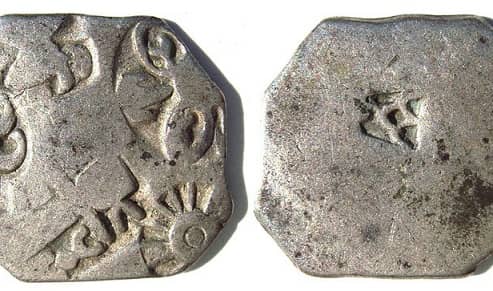
They were succeeded by the Gupta. They ruled from the 3rd century to 543 CE The Gupta period, which is known as the golden period as the Indian currency had great value and the era is marked by inventions in the field of science, mathematics, philosophy, arts, etc. The Indian currency had undergone many changes in design and size during its evolution with time and different commanders. In this period, one face of the coin depicted the ruler and the reverse side of the deity.
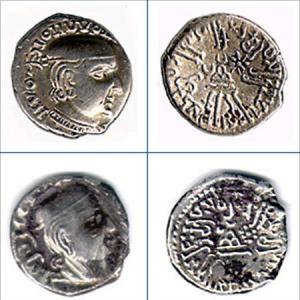
In the 12th century A.D., Indian royalties were replaced by Turkish sultans. They ruled up to the 18th century. Here Indian currency was introduced with Islamic calligraphy. Indian currency is made of copper and silver is known as ‘Tanka’ and ‘jittal’. Islam does not allow the practice of idolatry, so they inscribed the teachings of the Quran on the coins.
Delhi Sultanate was the province which every ruler wanted to capture. The prominent rulers were Raziya Sultan, Alauddin khilji, Mohammad bin Tughlaq, etc who issued their coins. Raziya sultan became the first woman ruler who issued new coins for trade.
Sher Shah Suri conquered Humayun. He issued a 178 gm silver coin, known as ‘rupiya’. The practice of rupiya continued until the 20th century.
Akbar ruled around the 16th century. He is the most popular Mughal emperor. He was influenced by Sher Shah. He issued coins of different weights in gold, silver, and copper named mohar, rupiya, and dum respectively.
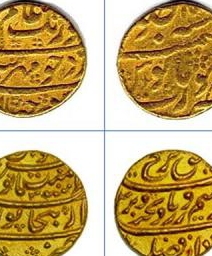
In the 16th century, the Marathas became powerful and ruled vast areas of the Indian subcontinent till the 18th century. The Marathas worshipped Lord Shiva, they issued Shivrai coins. The coin had ‘ Sri Raja Shiv’ carved in Devanagari on one side and Chatrapati’ on the other side. They were made of copper mostly. Very few gold coins were issued.
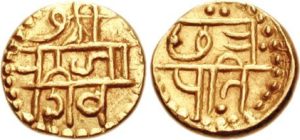
Around the 16th century, the British East India Company came to India as traders. Later on, they occupied India as rulers. They ruled over India up to the 19th century.
The Coinage Act of 1835 came into being and uniform coinage came into existence. It means that the weight of gold and silver coins were standardized. The British gained control over the Mughal designs. King George VI replaced the older designs on coins and banknotes, and introduced Rupee as the official currency of Colonial India, after the 1857 revolts.
One-rupee coins made of silver were in use before World War I. However, due to the crisis during World War I, one-rupee coins could not be generated. Hence, for the very first time, one-rupee notes were introduced.
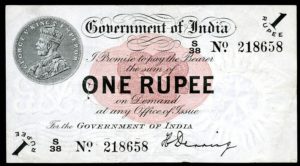
Reserve Bank of India was established in 1935 and the Govt. of India got the authority of the allotment of Indian currency notes. The Reserve Bank of India began the production of banknotes in the year 1938 and notes of ₹2,5,10,50 100, 1000, 10000 but demonetized 500 rupee notes. The very first paper currency issued by RBI in 1938 was a five-rupee note, which had an image of King George inscribed on it.
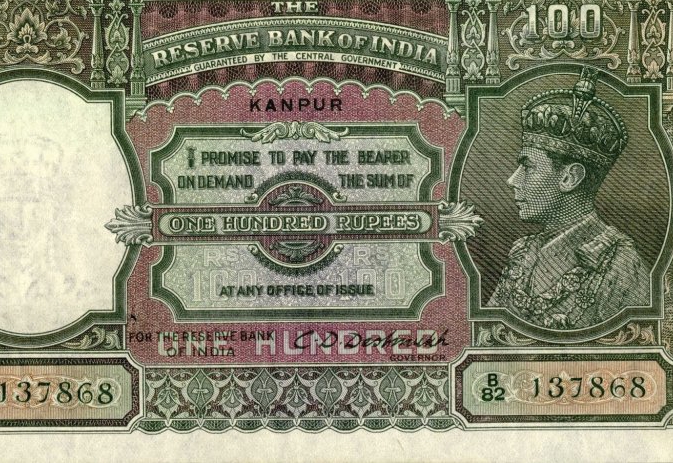
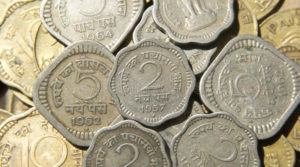
The Reserve Bank of India replaced the image of King George with the Ashoka stamp after independence.
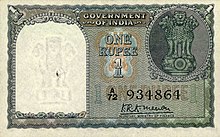
The RBI introduced ₹20 and ₹50 notes in 1970 and later demonetized notes that were higher than ₹100. In 1987, the ₹500 note was initiated, followed by the ₹1,000 note in the year 2000.
The Central Government approved a new design of Indian Currency notes. They are printed at the Currency Note Press in Nasik, Dewas, Salboni, and Mysore. The special watermark paper is manufactured at Watermark Paper Manufacturing Mill in Hoshangabad, Madhyapradesh. The banknotes of the Mahatma Gandhi series were introduced in 1996 and all other prototypes are replaced by them.
In the year 15 July 2010, a new symbol for rupee ‘₹’ designed by Udaya Kumar was adopted in place of INR or Rs. It was selected through a competition.
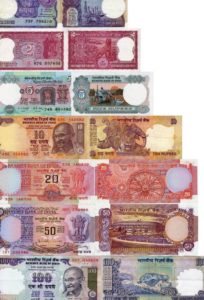
In addition to demonetization, the plastic currency became the new normal. The government is trying to promote cashless transactions of money for maintaining transparency in bank transactions to control money laundering, black money hoarding issues. With the new economic policies, e-wallets like Paytm, phonepe, etc has replaced Indian currency notes.
The history of Indian currency notes and coins prevails with one of the largest economies of the world which is undergoing new changes and challenges. Online transactions are becoming part of Indian pockets as technology continues to thrive and banknotes and coins are ready to become part of history.
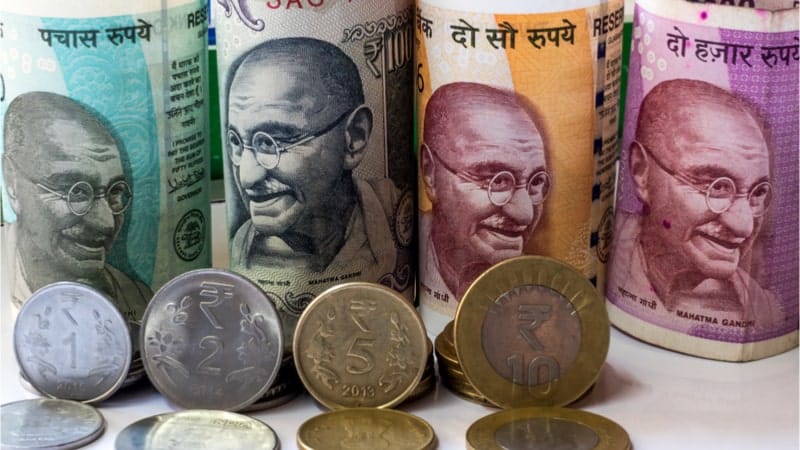
1 thought on “History of Indian currency notes and coins”